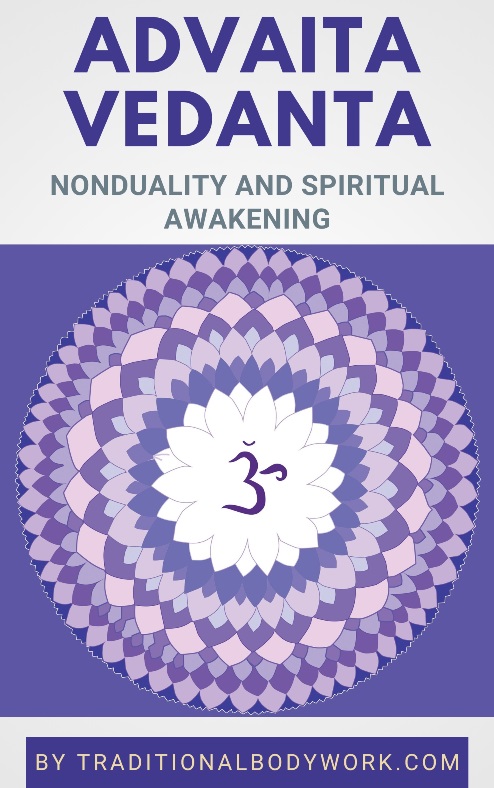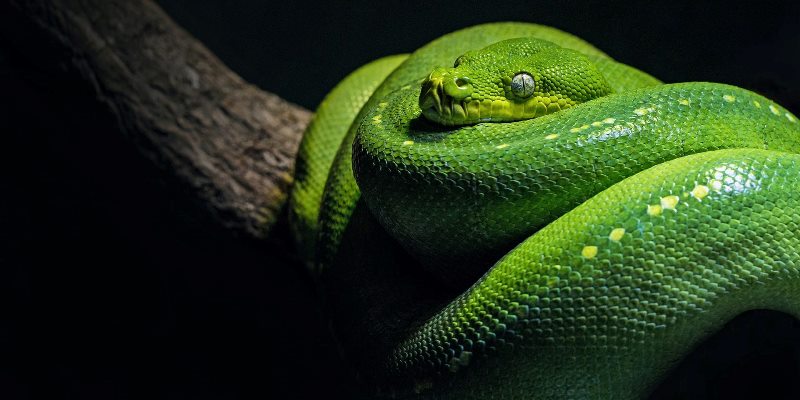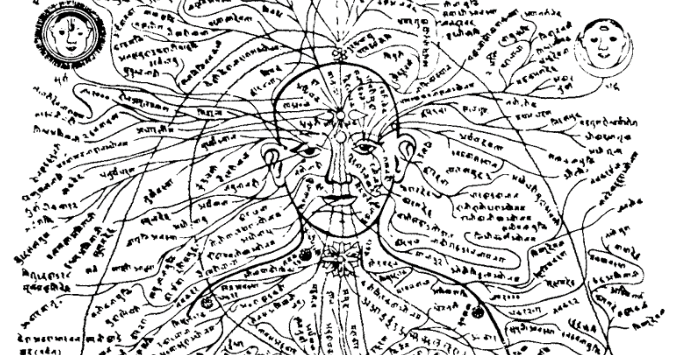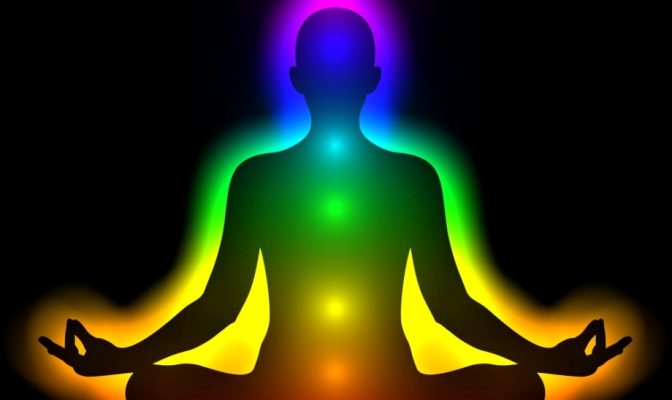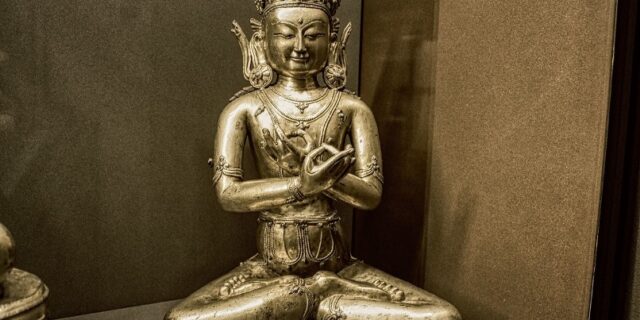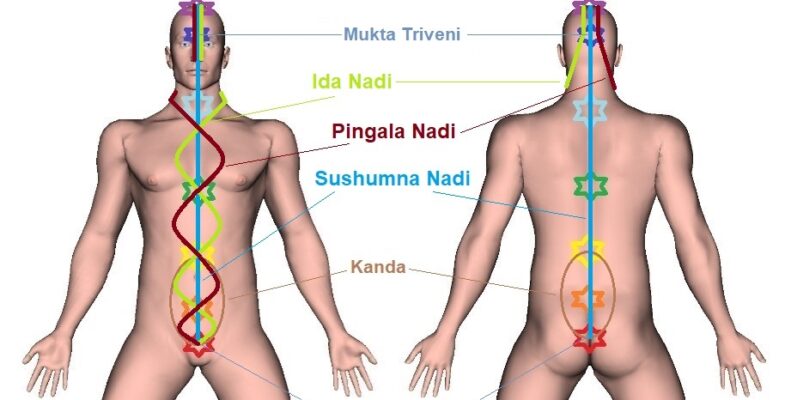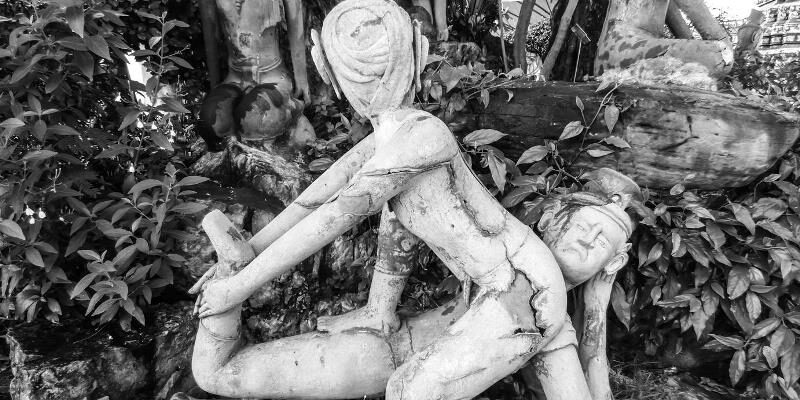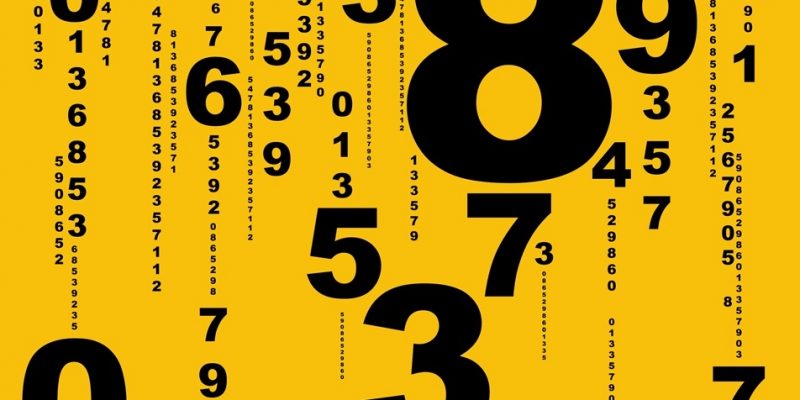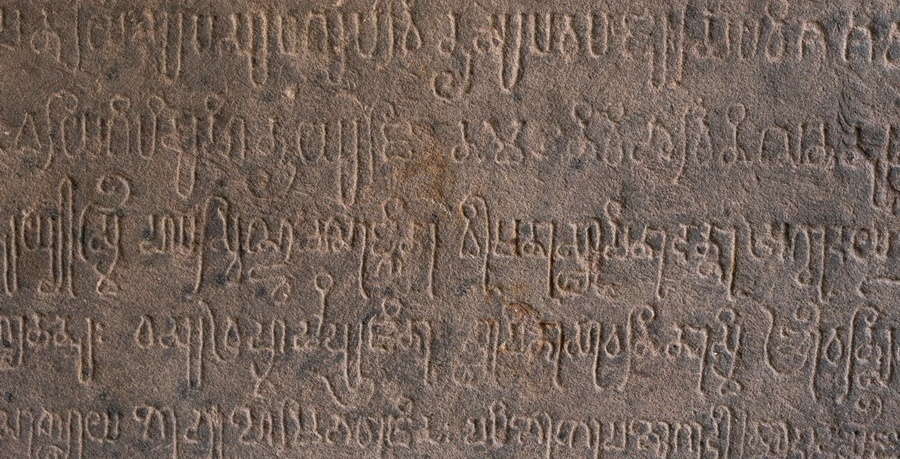
In this post, you’ll find an alphabetical overview of the classical Indian texts we’ve used to collect the citations about Yoga and the Nadis you encounter in our book Yoga Nadis Reference Guide.
You’ll notice that we’ve listed a number of so-called Upanishads, many of those considered part of the twenty Yoga Upanishads, which is a special group of Upanishads of Hinduism primarily focusing on theoretical and practical aspects of Yoga.

The dating of the Yoga Upanishads varies between 100 BCE and 300 CE, but some scholars claim that they were rather composed in a much broader period, that is, between 100 BCE and 1100 CE.
At any rate, the Yoga Upanishads have in common that they discuss different aspects and kinds of Yoga, ranging from Asanas (Yoga postures), Prana, Pranayama (breath exercises), Dhyana (Meditation), Nada (sound), Tantra (Kundalini, Chakras, and so on), Nadis (Prana Energy Channels), and other Yoga related topics.
Apart from the various texts included in the Yoga Upanishads, you will find that we’ve also referenced older Upanishads (more related to older Vedic topics), well-known classical treatises on Yoga, and classical Tantra texts.
Advaya Taraka Upanishad
The Advaya Taraka Upanishad is classified as a Yoga Upanishad, and thought to have been written between 100 BCE and 300 CE.
The text predominantly discusses three goals of introspection, Yoga, and the non-dual nature of Reality (Brahman). The text also includes verses on Raja Yoga and Kundalini Tantra.
Bhavana Upanishad
The Bhavana Upanishad is a medieval Upanishad of Hinduism categorized as a Tantric text. The author and exact date of composition is unknown, but it was likely written between the 12th and 15th century CE.
The text is about the human body in relation to the Chakras, exposes non-dualistic ideas, and favors the need to look into oneself, rather than clinging on to external rituals.
Darshana Upanishad
The Darshana Upanishad is placed between 100 BCE to 300 CE. It’s also referred to as Yoga Darshana Upanishad, Jabala Darshana Upanishad, Jābāladarṣana Upanishad, and Darśanopaniṣad. It’s considered part of the twenty Yoga Upanishads.
The text presents classical Yoga similar to Patanjali’s Yoga Sutras format in a sequential ascending eight Yogic stages, but also includes Kundalini concepts.
The ultimate goal of Yoga, states this Upanishad, is self-knowledge and realizing the identity of one’s Self (Atman) with the Universal Reality (Brahman).
Dhyana-Bindu Upanishad
The Dhyana-Bindu Upanishad is placed is placed between 100 BCE to 300 CE. It’s one of twenty Yoga Upanishads.
This Upanishad exists in two versions. The shorter version has 23 verses, while the longer version (which is maybe 1,000 years newer than the shorter version) contains 106 verses.
The text discusses meditation in Yoga. The longer version includes techniques for six-staged or six-limbed Yoga.
Gheranda Samhita
The Gheranda Samhita is a collection of texts about Hatha Yoga, one of the three classic texts on Hatha Yoga (the other two being the Hatha Yoga Pradipika and the Shiva Samhita).
The text is usually placed in the 17th century CE.
Goraksha Samhita
The Goraksha Samhita or Goraksha Paddhati is attributed to Goraksha (also known as Gorakhnath or Goraksanath), a Hindu Guru and Saint who may have lived in the 11th century CE, but historians still don’t agree on this and dates span between the 9th and 14th century CE.
In any case, the Goraksha Samhita is a compendium of a wide range of Yoga practices.
Hamsa Upanishad
The Hamsa Upanishad is classified as one of the twenty Yoga Upanishads, discusses Chakras, Nada (sound), Pranayama, Nadis, and other aspects of Yoga, and is thought to have been written in the 2nd millennium CE, maybe in the 16th century CE.
Hatha Ratnavali
The Hatha Ratnavali is a text on Hatha Yoga written in the 17th century CE by Srinivasa. It is one of the first texts to name 84 Asanas, describing 36 of those.
Hatha Tattva Kaumudi
The Hatha Tattva Kaumudi (Hathatattvakaumudi) was written by Sundaradeva and is essentially a compilation of a range of older Yoga texts and Upanishads.
As the name already suggests, it focuses principally on Hatha Yoga practices and philosophy. It’s a rather new work, dated between the 17th and 18th century CE.
Kshurika Upanishad
The Kshurika Upanishad is dated between 100 BCE to 300 CE and one of the twenty Yoga Upanishads.
The text includes discussions on Yoga postures (Asanas), Pranayama breathing exercises, and withdrawal of the senses from outside to inside as a means to cleanse the body and mind.
The goal of Yoga, states this Upanishad, is to know and liberate one’s soul.
Mandala Brahmana Upanishad
The Mandala Brahmana Upanishad (also written as Mandala-Brahmana Upanishad) is classified as one of the twenty Yoga Upanishads, and dated in the 1st millennium CE.
The text focuses on Yoga as a means to self-knowledge, considered to be the highest wisdom. It describes a type of Eight Limb Yoga, among other types of Yoga and non-dual Vedanta philosophy.
Prapanchasara Tantra
The Prapanchasara Tantra is a Tantric text usually attributed to Shri Adi Shankaracharya (Adi Shankara) and as such dated in the 8th century CE.
Shri Adi Shankara is perhaps best known from his synthesis of the Advaita Vedanta teachings of his time. Because of his later fame, many texts have been attributed to him, and as such it’s not always clear what was actually written by him.
Sat Chakra Nirupana
The Sat Chakra Nirupana, often encountered written as Sat-Chakra-Nirupana or Sat-Cakra-Nirupana, is a classical text and guide to the Chakras and Kundalini written in 1577 by Swami Puranananda Yati.
Saubhagyalakshmi Upanishad
The Saubhagyalakshmi Upanishad is dated between 800 BCE and 100 BCE.
It discusses true wealth, and then presents Yoga meditation for spiritual attainment as a means to take distance from material cravings and reach towards inner wealth. The text is also an early example of one that already presents Tantra concepts such as nine Chakras as a part of the Yogic practice.
Shandilya Upanishad
The Shandilya Upanishad is classified as one of twenty Yoga Upanishads and is said to be composed between 100 BCE – 300 CE.
The text primarily focuses on Yoga techniques. It describes ten Yamas (ethical don’ts, restraints), ten Niyamas (ethical to do list, observances), eight Asanas (Yogic postures), three Pranayamas (breathing exercises), Pratyahara (withdrawal of the senses), Dharana (deep concentration), Dhyana (meditation), and Samadhi (Spiritual Enlightenment).
Shiva Samhita
The Shiva Samhita is a Sanskrit text on Yoga, written by an unknown author, and variously dated between the 14th and 17th century CE.
The text consists of five chapters, with the first on non-duality philosophy (Advaita Vedanta), and with the other chapters expounding on Yoga, Tantra, the importance of a Guru, Asanas, Mudras, and Siddhis (powers).
The Shiva Samhita is considered one of three major classical treatises on Hatha Yoga, the other two being Gheranda Samhita and Hatha Yoga Pradipika.
Shiva Swarodaya
The Shiva Swarodaya is an ancient Sanskrit Tantric text.
Unfortunately, there’s no dating of the text. Yet, Tantra and Tantric texts started to emerge around 500 CE, so it’s most likely written around that date or later.
Siddha Siddhanta Paddhati

The Siddha Siddhanta Paddhati is a Hatha Yoga Sanskrit text attributed to Gorakhnath, a Hindu Yogi and Saint of the Nath tradition. The text is commonly placed in the 11th or 12th century CE.
Gorakhnath (to whom one also attributes the Goraksha Samhita) supported Yoga, Advaita Vedanta, spiritual discipline and an ethical life of self-determination as a means to reaching Samadhi and one’s personal spiritual truths.
The Siddha Siddhanta Paddhati is often considered one of the earliest Hatha Yoga scriptures.
The text is based on an Advaita Vedanta (non-duality) framework, where the Yogi sees “himself in all beings, and all in himself” including the identity of the individual soul (Atman) with the universal (Brahman).
Tri Sikhi Brahmana Upanishad
The Tri Sikhi Brahmana Upanishad is classified as one of the twenty Yoga Upanishads, and discusses the non-relative nature of the metaphysical reality (Brahman), soul (Atman), non-dualist ideas, and Eight Limb Yoga as a means to self-knowledge.
It’s thought to have been written in the 1st millennium CE, perhaps around the 10th or 11th century CE.
Varaha Upanishad
The Varaha Upanishad was composed between the 13th and 16th centuries CE. It is classified as one of twenty Yoga Upanishads.
The text has five chapters. The topics covered include Tattvas (elements of reality), the nature and relationship between the individual soul (Self, Atman) and the Ultimate Reality (Brahman), while the last chapter of the text is specifically dedicated to Yoga, its aims, methods, and techniques.
Vasishtha Samhita
The Vasishtha Samhita is a 13th century medieval text, by an unknown author, which elaborates on Hatha Yoga, among many other topics. It shares a range of verses with the Yoga Yajnavalkya.
Yoga Chudamani Upanishad
The Yoga Chudamani Upanishad is categorized as one of twenty Yoga Upanishads and notably discusses Kundalini and Tantra Yoga, and a variety of Yogic concepts.
The text is dated between the 14th and 15th century CE.
Yoga Shikha Upanishad
The Yoga Shikha Upanishad is dated between 100 BCE and 300 CE, and is included as one of twenty Yoga Upanishads.
There are two versions of the Yoga Shikha Upanishad: one short version and a long version. The long version consists of six chapters.
The text discusses the role of Yoga in achieving Moksha, six kinds of Yoga, and Kundalini, among others topics.
Yoga Sutras of Patanjali
The Yoga Sutras from Maharishi Patanjali are a collection of Sanskrit sutras (aphorisms) on the theory and practice of Yoga, thought to have been written between 200 BCE – 400 CE.
Yoga Yajnavalkya
The Yoga Yajnavalkya is a classical Hindu Yoga text describing an Eight Limb Yoga system, including Kundalini Energy, Pranayama, Pratyahara, Dhyana, and Dharana.
It’s unknown when this text was written and estimates vary considerably, with dating between 200 BCE and 1300 CE.


